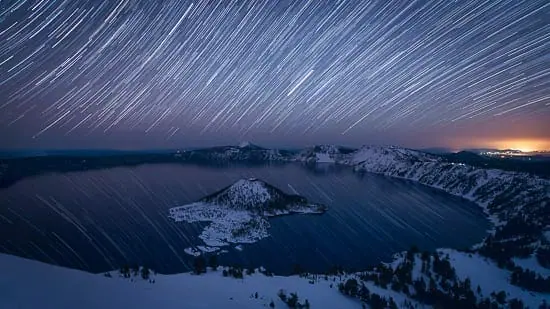Thank you all for such informative and helpful answers. I genuinely appreciate that.
I'm going to try a few test shots in the coming days, but I live in London so clear skies are quite rare :-D. I'll definitely need some practice before the big trip to Iceland in Feb, so I hope that I'll get at least a few days of clear skies between now and then, and obviously in Iceland too.
One noobie question - How do I update my firmware?
@MossyRocks, your post is exactly what I am looking for. Thank you so much. Just a couple of questions though -
 Originally posted by MossyRocks
Originally posted by MossyRocks 
5. Drive mode - On my cameras I set the drive mode to high speed continuous. There is less delay than using an intervolometer.
If I am setting it to high speed continuous then why would I need a wired release cable (point 8 in your post)? Apologies but I'm very unfamiliar with this feature.
 Originally posted by MossyRocks
Originally posted by MossyRocks 
6. Make sure you have slow shutter noise reduction turned off.
Under which menu would this be? I can't find the option to do this.
 Originally posted by MossyRocks
Originally posted by MossyRocks 
8. Use a wired release cable that has a mode that holds the button down.
Is there a way around this if I don't own a release cable? Or is it a must have? I don't want to be standing behind the camera and pressing the shutter release every 30 seconds for half an hour, so I have a feeling that it is a requirement unless the camera has a setting or feature that does this

.
Note that I have taken plenty of Northern lights and one presentable milky way photo in the past, but all of them were taken using a single photo with 30 second exposure. I used the 2 second delay for the shutter to avoid vibrations.
Thank you again and I really appreciate the help.
Ducky


 Similar Threads
Similar Threads 








 .
. 





 Post #4 by MossyRocks
Post #4 by MossyRocks








